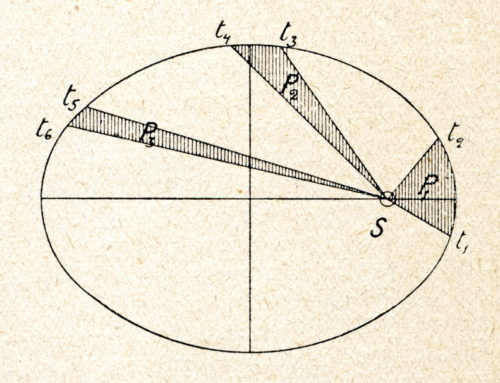The fact that the continents are moving away from each other, even more so that they once formed a geological and biological continuum as a coherent land mass, is now perfectly proven. This far-reaching knowledge is inextricably linked to the name Alfred Wegener.
Already in 1903, while studying astronomy and meteorology, the idea of an ancient continent in which the young scientist had matured. From his point of view, the congruence of the east coast of South America and the west coast of Africa, which seemed even more obvious to him through improved ocean depth maps, could not be accidental, but had to be an expression of the fact that these continents were once connected.
Anyone who thinks that this theory was enthusiastically received at the time of its creation is mistaken. When Alfred Wegener first published his epochal work "The Emergence of Continents and Oceans" in 1915, the response was anything but encouraging.
Wegener, as a meteorologist and Greenland expert already regarded as an exotic by contemporary geologists, was initially certain of bitter resistance among many scientists of the time. What happened?
On the one hand, with his idea for the creation of today's shape of the earth, he shook the geological knowledge that was considered plausible at the time to its foundations: he claimed to have evidence that the continents were once connected as parts of a large puzzle and still moved away from each other today.
On the other hand, he had little evidence of the forces behind it that could make such movements possible in the first place. It was only in the second half of the 20th century that the complementary theory of plate tectonics gave birth to Alfred Wegener's bold claims of a causal mechanism.
Even though almost every schoolchild today takes the idea of the movement of the continents for granted, very few people understand what the exact arguments for this theory are.
As long as measurement methods at the time could not unequivocally prove that the continent migration is still taking place today, it was mainly indirect evidence that Wegener could use to support his hypothesis. From today's perspective, these indications can be well classified into a model of dynamic continents, but at the same time one should not believe that the experts at that time were only blinded to Wegener's assumptions and one-sidedly biased.
Because the interpretation of the facts collected by Wegener has always been plausible in other horizons of interpretation, especially as long as the continental drift refused to be observed directly and the forces to be assumed had to appear more than enigmatic.
Strong evidence for the gradual drift of the land masses only emerged after the Second World War and long after Wegener's death, among other things, from seismic measurements, which showed that the ocean floors were much thinner than expected. This suggested that they were significantly younger than expected and that they could have arisen from a dynamic process such as continental drift.
Likewise, the discovery of the mid-Atlantic ridge, the mapping of earthquake areas or the measurement of the direction of magnetization in rocks helped to draw a picture in which large tectonic plates of the earth's crust move in a very slow flow on the earth's mantle, driven by convection currents that are hotter plastic rocks.
Sadly, Wegener was not allowed to experience the success of his idea. He died on his fourth Greenland expedition at the age of 50.
Even today, the history of continental drift theory can be seen as an example of how arduous and long the path to scientific truth is often and how much it is linked to the perseverance and perseverance of individual personalities.






